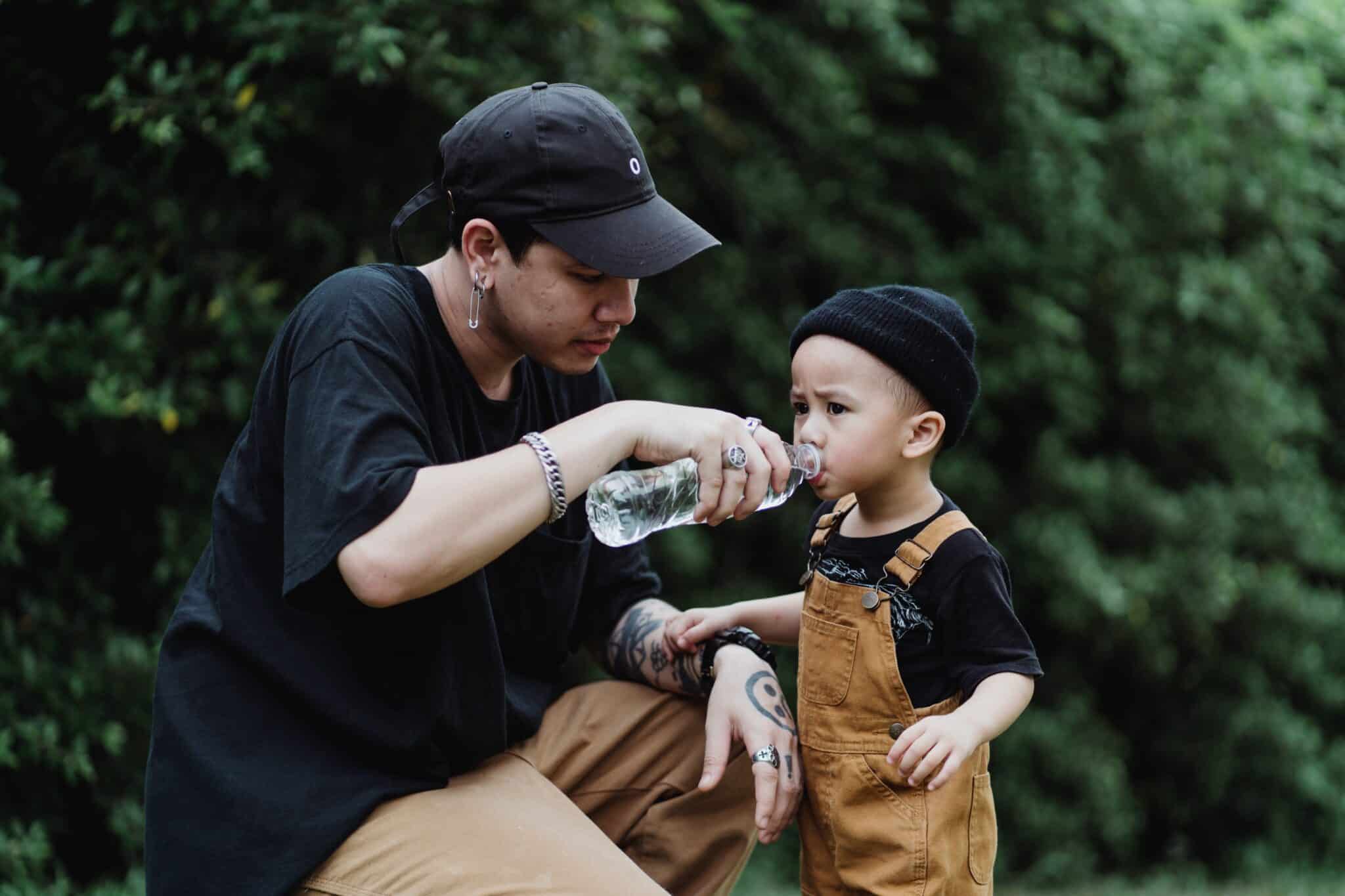We use water in all parts of our lives. Think about how many times you interacted with water in the last day. If you drank something -- even juice, milk, or soda -- it was mainly made up of water. Did you eat fruit, vegetables, or even meat? All of these contain water. Did you use the restroom and flush the toilet? Did you wash your hands or take a shower? Did it rain or did you watch the clouds float by? Water is EVERYWHERE in our lives. And in every instance, there is a good chance that there is more in our water than just hydrogen and oxygen molecules. Many of these other substances won't hurt us, but it's good to know where our water comes from and what is in it so it doesn't make us sick.

Water for Fishing & Swimming
More than 3 billion people around the world depend on fish as their main protein source. Healthy fisheries depend on healthy water. Healthy water for fish contain lots of other substances like phytoplankton, nutrients, salts, and other stuff we may not want to drink, but is important for fish to survive. But, fish (and people) that swim in water that is contaminated with pollution, harmful bacteria, metals, and chemicals will make everyone sick.
COMMON SOURCES OF PROBLEMS FOR FISHING & SWIMMING
US POLICY TO PROTECT WATER
In the United States, the Clean Water Act was passed in 1972 to regulate discharge of pollutants into surface waters of the US to maintain 'swimmable and fishable' waters. The EPA is the agency in charge of this enforcing the laws established under this policy. This policy has generally been considered effective in cleaning up polluted waters, but less effective in protecting against new forms of pollution.
Water for Cooking & Drinking
Of all of our uses of water, cooking and drinking requires the highest quality because we are ingesting it directly into our bodies. Remember exploring the chemistry of water and its amazing ability to bind to other substances? Well, this is also a challenge because the water molecules we drink could have any variety of other substances attached to them when we consume them. That is why it's important that we consume water that is clean and healthy. Unfortunately, not all people and communities have access to clean water for cooking and drinking.

COMMON SOURCES OF PROBLEMS FOR COOKING & DRINKING
US POLICY TO PROTECT DRINKING WATER
In the United States, the Safe Drinking Water Act (SDWA) was passed by Congress in 1974, with amendments added in 1986 and 1996, to protect the nation's drinking water supply. While it was initially effective in improving and safeguarding drinking water safety, monitoring and updating the legislation to include new chemicals has not kept pace.



